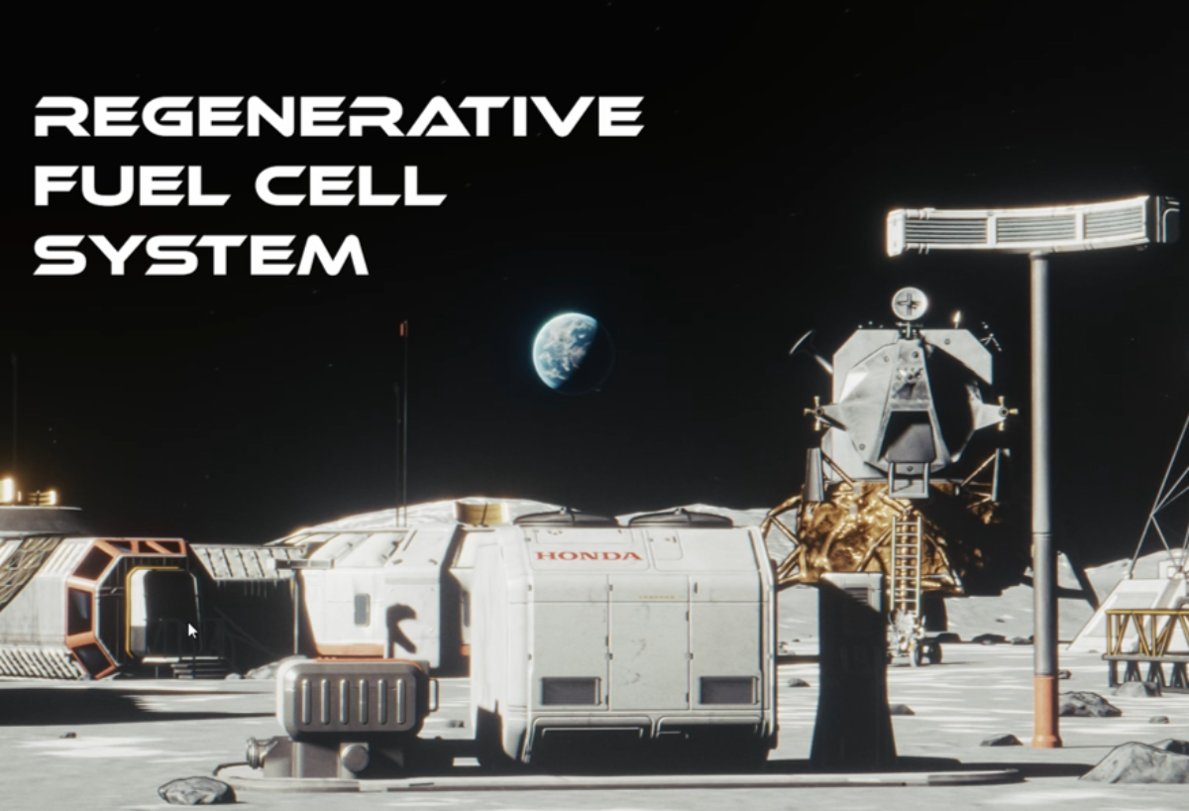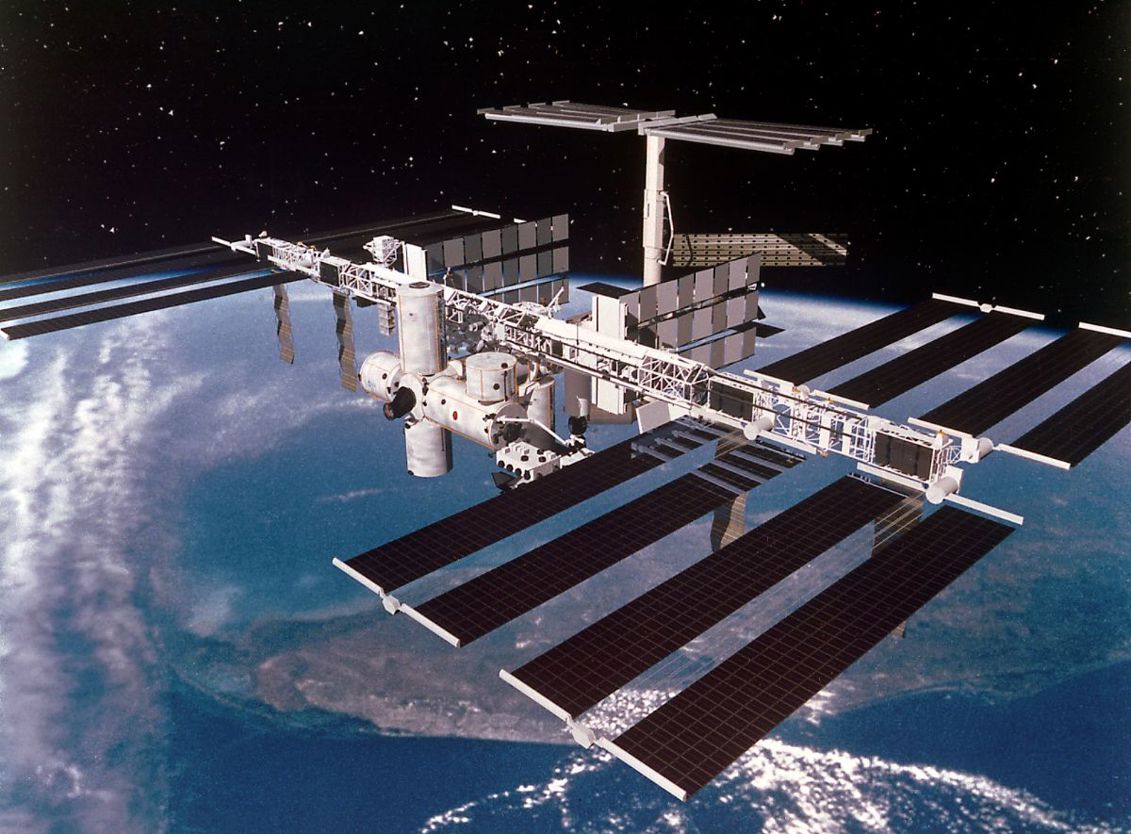Honda's research and development division is set to test its "high-differential pressure water electrolysis system" at the International Space Station (ISS). That's right: in space.

But what's a high-differential electrolysis thingy? Honda is using its hydrogen fuel cell expertise to develop a regenerative fuel cell system, known as a circulative renewable energy system, to continuously produce oxygen, hydrogen, and electricity.
The company says this advanced energy storage is a project working towards "supporting human life on the lunar surface".
It utilises sunlight and water. During the Lunar Day, the system will use electricity generated by the sun to power the process. Honda’s high-differential pressure water electrolysis system will then produce hydrogen and oxygen from water.

During the Lunar Night, when the Moon is not receiving sunlight, some of the oxygen will be used for astronauts to breathe. The Honda fuel cell system will use the remaining oxygen, along with the hydrogen produced during the Lunar Day, to generate electricity.
After the fuel cells generate electricity, the only byproduct is water, which is recycled back into the water electrolysis system to create a closed-loop energy cycle. This process is similar to how a home solar system operates on Earth, where daytime solar electricity is harnessed, and excess energy is stored in home energy batteries to provide power throughout the night.
The system’s lightweight and compact design addresses the need to reduce transportation costs in lunar development. Additionally, since it doesn’t use mechanical compression, maintenance needs are reduced.
Honda will test the core part of its high-differential pressure water electrolysis system to verify the efficiency and reliability of the system in the microgravity environment of the ISS.
For the testing, Honda is collaborating with Sierra Space, a commercial space company, and Tec-Masters, a "provider of scientific and technological solutions". Sierra Space will be the primary space mission integrator, working with NASA to transport materials on Sierra Space’s Dream Chaser spaceplane, the world’s only commercial spaceplane. Tec-Masters will be the ISS technology expert.
In late 2024, Honda established the Space Development Division at American Honda to promote technology development and enhance collaboration with the US space industry.


